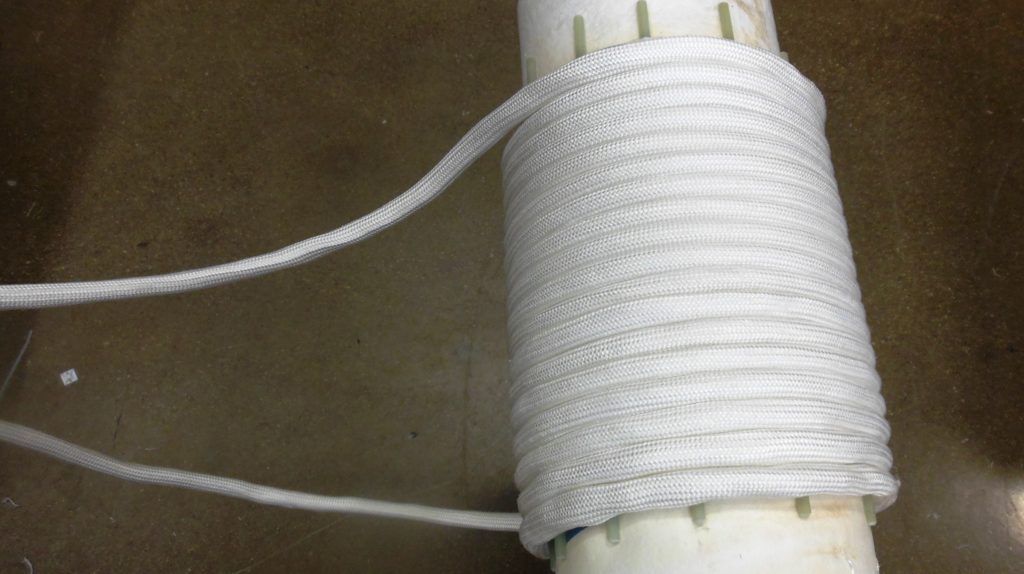Susceptor Heating
Susceptor heating refers to a technique by which materials that are not electrically conductive may be heated using induction technology. This is done by heating an electrically conductive “susceptor” that then transfers heat to the material via conduction or radiation. The susceptor in this case can be anything from a metallic rod inserted inside of an object, to a metallic pipe with a fluid flowing through it. This is the same technique used in consumer-grade induction cooktops where the pan acts as the susceptor. The cooktop heats the pan via induction, which then transfers the heat to the food via conduction. This same concept can be used to heat an almost infinite variety of materials at large or small scales.
Fundamentally, susceptor heating uses the same mechanisms of conduction or radiation as other forms of heating. However, it still provides many distinct advantages. The susceptor itself is heated by an electromagnetic field, meaning it can be placed inside a magnetically permeable container with the coil on the outside. This can allow material to be heated within a controlled atmosphere chamber with much more ease. Induction also allows the susceptor to heat up very rapidly leading to shorter pre-heat times. The ability of induction technology to heat any electrically conductive material means that there are more options of materials for the susceptor. This can be especially important in chemical processes where the susceptor must not react with the heated material.
This technique opens the door for induction technology to be utilized in a wider variety of applications including Gasification, vaporization, steam generation, cooking, pasteurization, and more. Industries such as food & beverage processing, chemical production, biomass processing, electronics, glass, plastic, rubber, and other industrial products have found susceptor heating to be advantageous to their operations.

Pictured above is a great example of Radyne equipment used in a practical application of susceptor heating. In this application, a flexible induction coil is wrapped around a pipe used to transport semi-processed biomass. In order to prevent blockages, the biomass needs to be kept at an elevated temperature. In order to do this, the induction coil heats the pipe which transfers heat to the biomass flowing through it. A major advantage of heating the pipe with induction instead of a resistance heater is that the pipe can be insulated while the induction coil remains on the outside. The insulation facilitates more efficient and even heating of the pipe while the induction coil being on the exterior makes maintenance much easier. The insulation does not affect the efficacy of the induction heater because the electromagnetic field is able to permeate through it and heat the pipe directly.
Industries
Susceptor heating applications are common in these industries:
- Industrial Food & Beverage Processing
- Chemical Processing
- Biomass and Biofuel Processing
- Research & Education